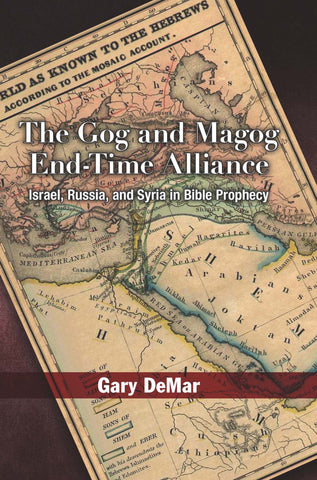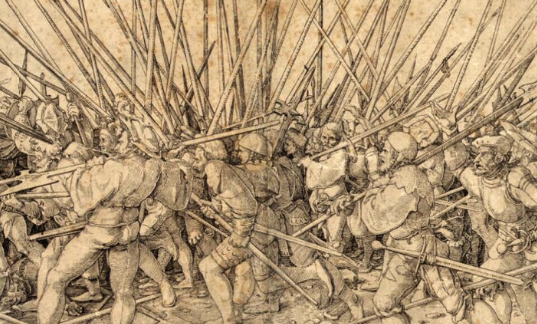Gary discusses a new article by Greg Laurie that makes the (same old) argument that modern events “could be” fulfilling biblical prophecies.
Most interpreters have tried to find the fulfillment in events of their day using current events as the interpretive grid. For example, in the fourth and fifth centuries, Gog was thought to refer to the Goths and Moors. In the seventh century, it was the Huns. By the eighth century, the Islamic empire was making a name for itself, so it was the logical candidate for fulfillment. By the tenth century, the Hungarians briefly replaced Islam as a Gog candidate. But by the sixteenth century, the Turks and Saracens seemed to fit the Gog and Magog profile with the Papacy thrown in for added prophetic juice. In the seventeenth century, Spain and Rome were the end-time bad guys. In the nineteenth century, Napoleon was Gog leading the forces of Magog-France. For most of the twentieth century, Communist Russia had been the logical pick because of its military power, its atheistic worldview, and its designation of being “far north” of Israel.
History shows that when the headlines reflect a change in the political climate, many of the interpretations of the prophetic parts of the Bible change with them. The repeated failure of the interpretive history of Ezekiel 38 and 39 over the centuries is prime evidence that modern-day prophecy writers are not “profiling the future through the lens of Scripture” but through the ever-changing headlines of today’s news. This is why revised prophecy books continue to be published.
A lot has to be read into the Bible in order to make Ezekiel 38 and 39 fit modern-day military realities that include technologically advanced jet fighters, “missiles,” and “atomic and explosive” weaponry. Those who claim to interpret the Bible literally have a problem on their hands. For example, if Tim LaHaye is true to his adoption of a “plain and common sense” literalism, then the Russian attack he and Jerry Jenkins describe in the first volume of their Left Behind series should be a literal representation of the actual battle events as they are depicted in Ezekiel. There should be a one-to-one correspondence between Ezekiel’s description of the battle and modern-day weaponry.

The Gog and Magog End-Time Alliance
Jet planes … missiles … and atomic weapons. You will search in vain in Ezekiel 38 and 39, and you will not find them. You will, however, find horses, bows and arrows, shields, clubs, and chariots. If the Gog and Magog prophecy was written for a time more than 2500 years in the future from Ezekiel’s day, why didn’t God describe the battle in terms that we could relate to and understand? Why confuse Ezekiel’s first readers and us?
Buy NowGary discusses a new article by Greg Laurie that makes the (same old) argument that modern events “could be” fulfilling biblical prophecies. As Gary makes clear, writers and pastors like Laurie ignore the actual events and actual countries in the Bible that are actual fulfillments of the ancient prophecies in order to make them fit our own day. This is not how exegesis or hermeneutics should be done.

